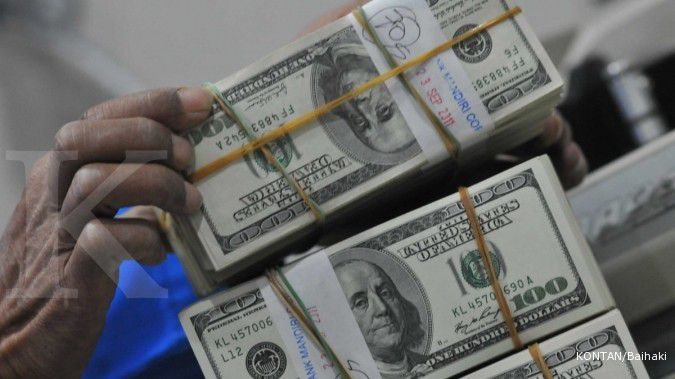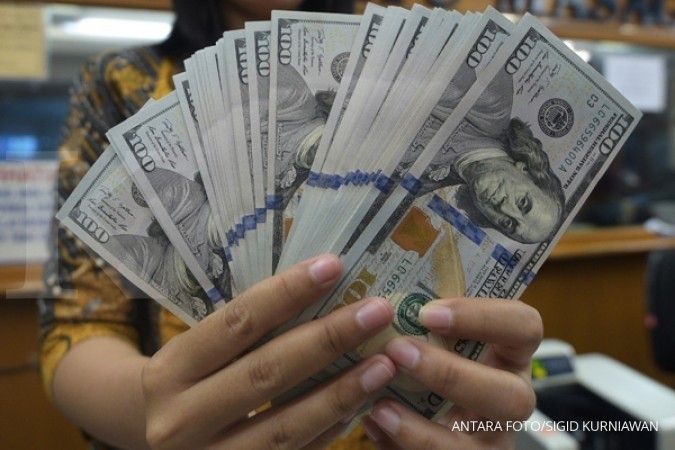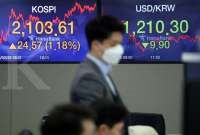JAKARTA. BI (the Central Bank) recorded that a higher capital inflow at the early of 2017. Governor of BI Agus Martowardojo said, as of the middle of this month, the foreign capital inflow has increased from Rp 20 trillion in 2016 to Rp 24.4 trillion.
According to Agus, the increase was affected by the market’s optimism on Indonesia’s condition, compared with other countries. This assumption is reflected on the decrease in 2016 current account deficit (CAD) to 1.8% from the Gross Domestic Product (GDP). At the end of 2015, the CAD comprised 2% of the GDP.
The low inflation rate and the economic growth in 2016 that stood at 3.01% and 5.01%, respectively, have also brought positive impacts. Let alone, the foreign exchange reserves have increased from US$ 116.4 billion as of the end December 2016 to US$ 116.9 billion as per the end of January 2017.
Some international ranking institutions also recognized the improvements in Indonesia’s economic fundamentals. Recently, Moody’s Investors Service has increased Indonesia’s foreign debts rating outlook from ‘stable’ to ‘positive’. This has confirmed the rating of Baa3 (investment grade) following the decrease in vulnerability of external sector. “This is a stable condition,” Agus said, Friday (10/2).
The higher capital inflow also reflects a stronger rupiah against the US dollar. Since the early of this year to the middle of February, rupiah moved to the level of Rp 13,300 per US dollar, while during the same period in the last year, rupiah was moving to the level of Rp 13,800 per US dollar.
Remain alert
However, according to Agus, Indonesia needs to remain alert of the external conditions, such as the geopolitical pressures in France, and the process of Brexit.
Indonesia also needs to remain alert of the US’ conditions, mainly the plan of Donald Trump to cut the tax tariff. Trump is scheduled to announce the tax cut in one or two weeks ahead. This will strengthen the optimism on the improvements in the US’ corporates so that the investors will prefer to invest in the US’ financial market.
Subsequently, this circumstance will affect to the global financial market. However, Agus estimates that the impacts of Trump’s policies on Indonesia’s economy would not be significant.
Agus is optimistic that the foreign capital will continue flowing to Indonesia. Let alone, the investment risk of Indonesia is getting lower. This is reflected on the decrease in Indonesia’s credit default swap (CDS) by 1.4% to 140 bps. “This indicates that the confident on Indonesia remains high,” he said.
Economist of Maybank Indonesia Juniman said, the capital inflow to bond market and stock market during 1-10 February 2017 amounted to Rp 3 trillion-Rp 4 trillion and US$ 48 million, respectively. Previously, in January 2017, the bond market booked as much as Rp 19 trillion capital inflow, while the stock market suffered capital outflow to US$ 100 million. “In general, the (amount) of capital inflow remains significant. This indicates that until now the (rupiah) exchange rate remains stable,” he added.
Rupiah is predicted to remain stable at the range of Rp 13,300-Rp 13,400 per US dollar until The Fed increases the interest rate. Juniman assesses, The Fed may increase the interest rate in March 2017. But, probably, The Fed will increase the rate in June and September 2017.
Therefore, rupiah is expected to move to the level of Rp 13,400 per US dollar and to Rp 13,550 per US dollar in March 2017 and June 2017, respectively. However, rupiah will gradually return to Rp 13,400 per US dollar and Rp 13,300 per US dollar in September 2017 and at the end of this year.
(Muhammad Farid/Translator)
/2017/02/07/375283909p.jpg)











